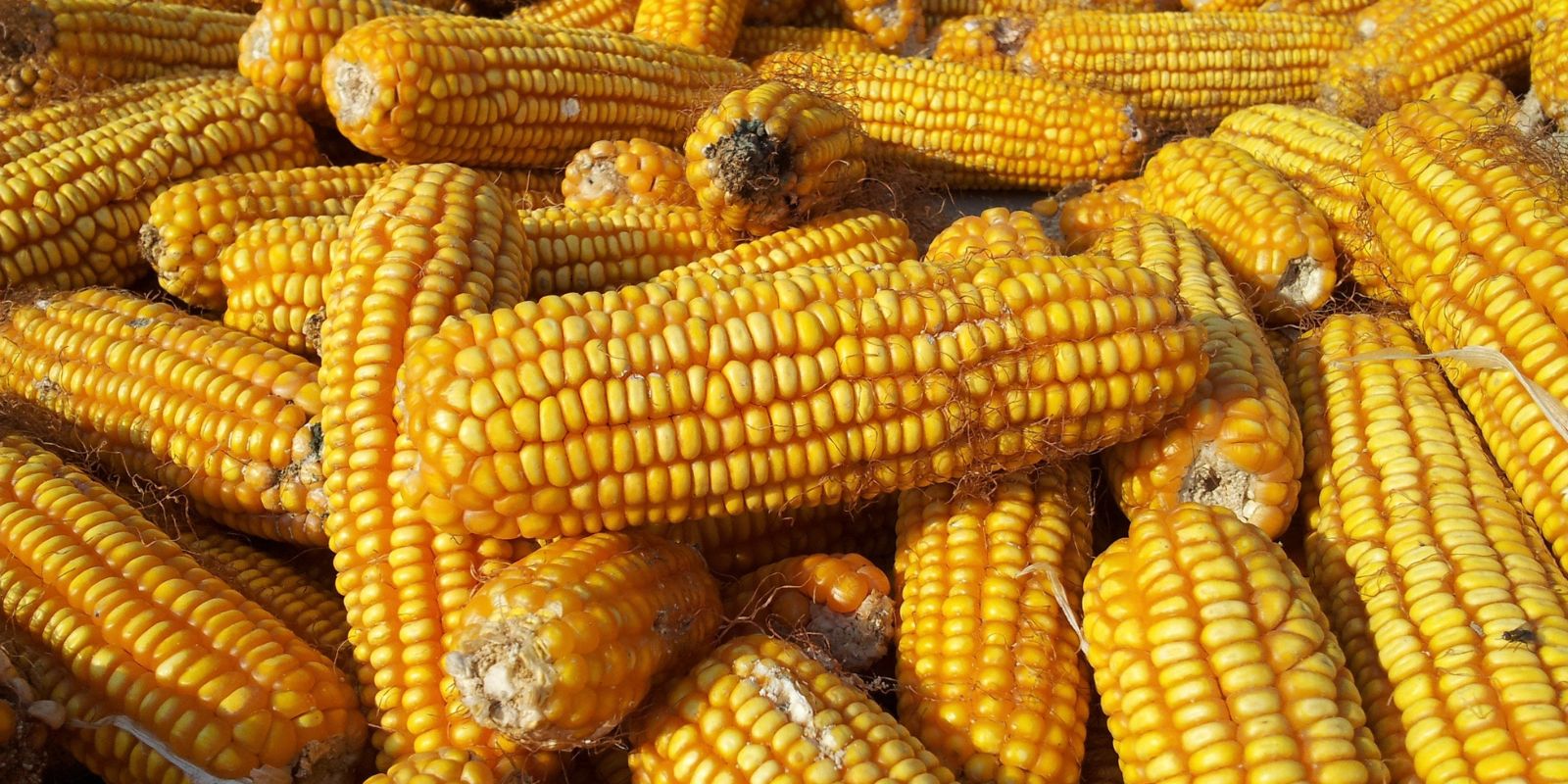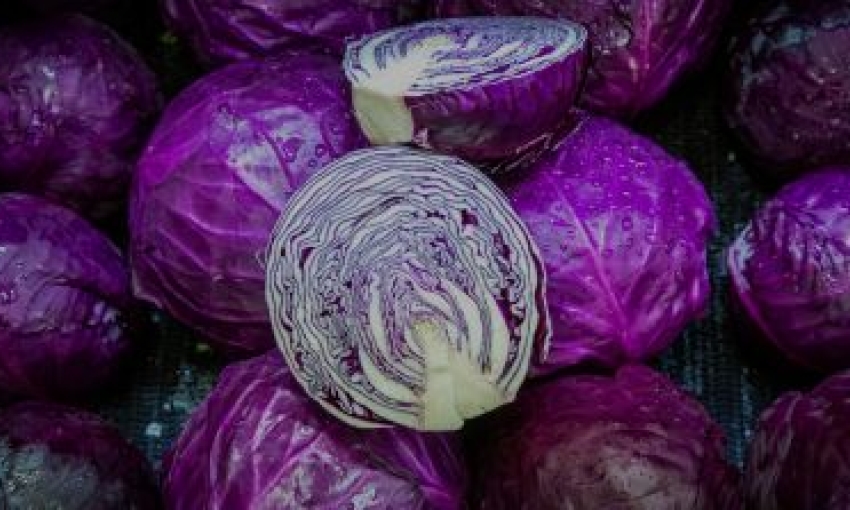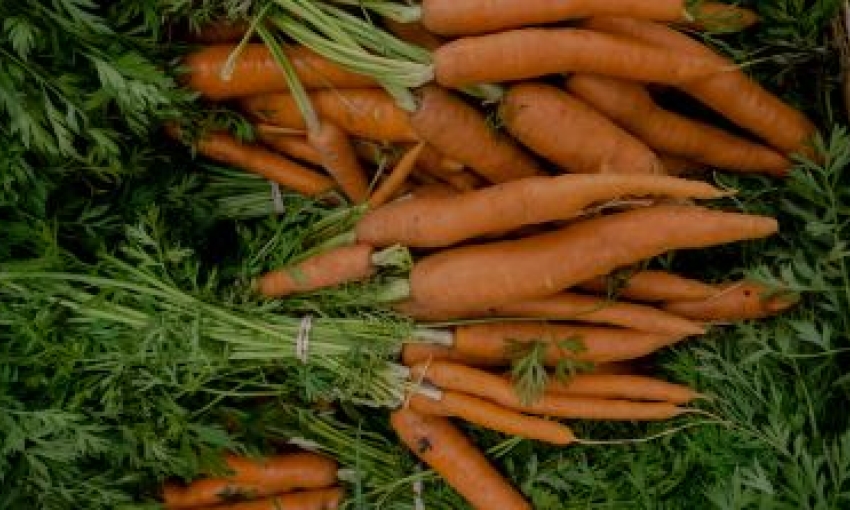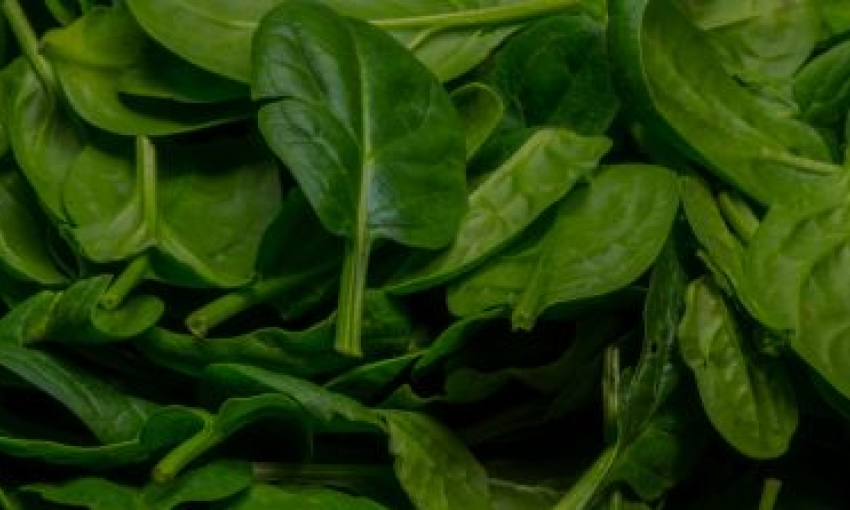Introducing IFC’s Food Loss Impact Tool
When food is lost between farm and fork, the energy, water, fertilizer, and other resources along the value chain that went into producing this food are also wasted. In addition, food that is discarded often decays, generating methane, a highly potent greenhouse gas.
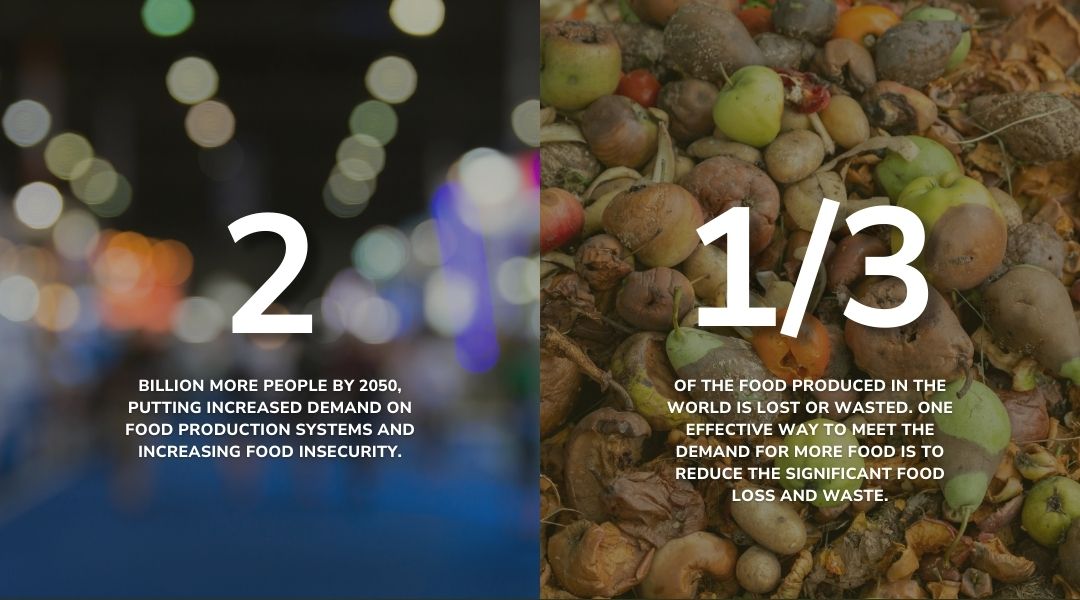
With support from GAFSP and the Government of the Netherlands, IFC, in partnership with Carbon Trust, developed a first-of-its-kind tool to estimate the GHG reductions, food security implications, input savings (water, fertilizers, and fuel), & biodiversity benefits from reducing food loss across various stages of the value chain. The tool reports impacts for 80 crops/foods in 160 countries. The tool was peer-reviewed by FAO and Cranfield University.
Our MethodologyTool Scope and Application Areas
80
crops and animal products
The tool analyzes food loss rates, GHG emission factors and other impacts for different crops and animal protein products.
160
countries
The tool can be used globally and allows for the export and import of food.
